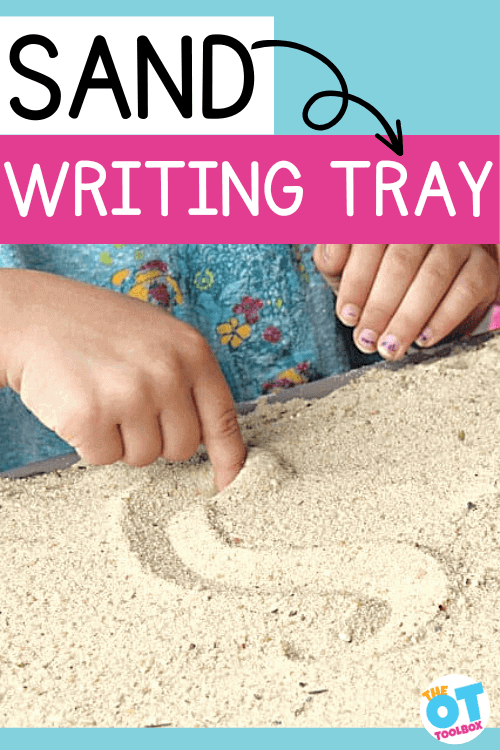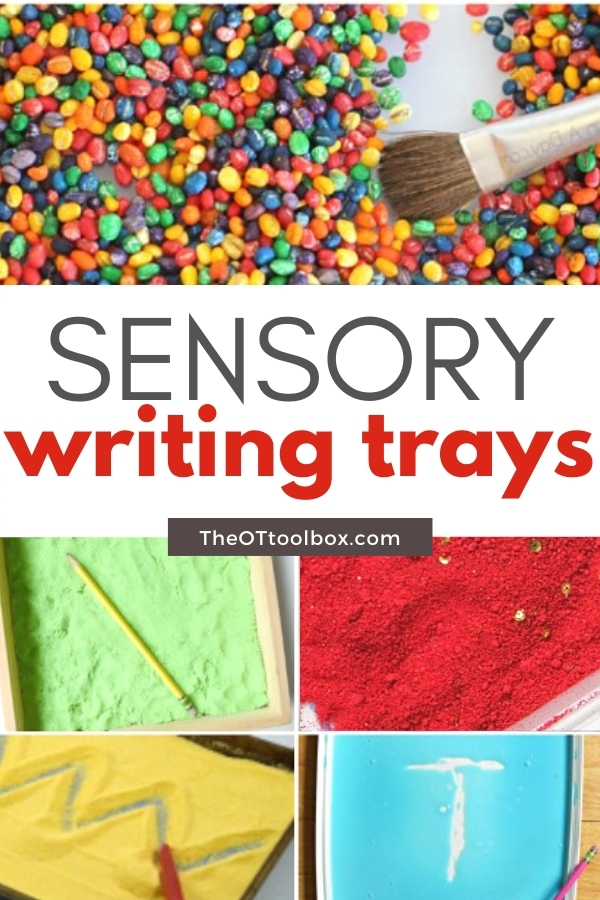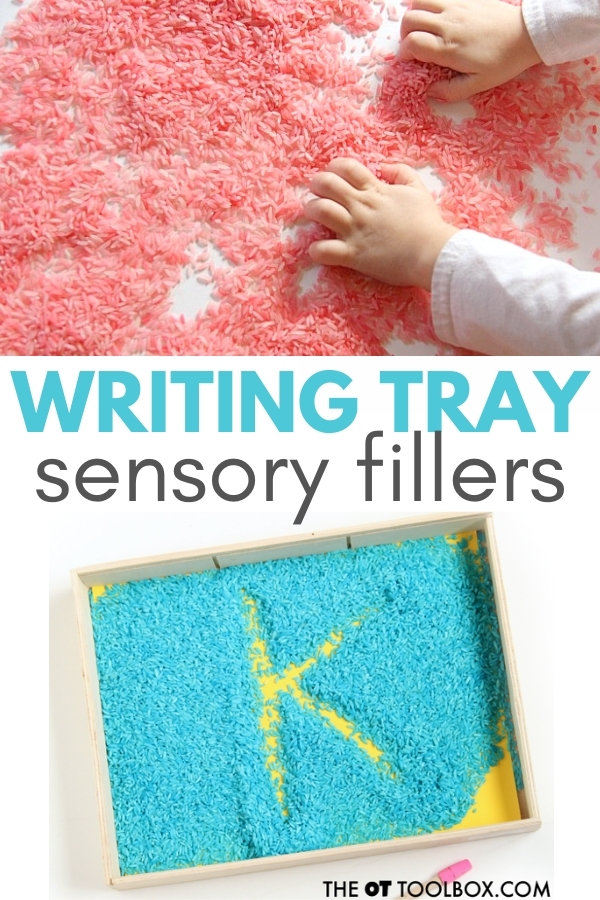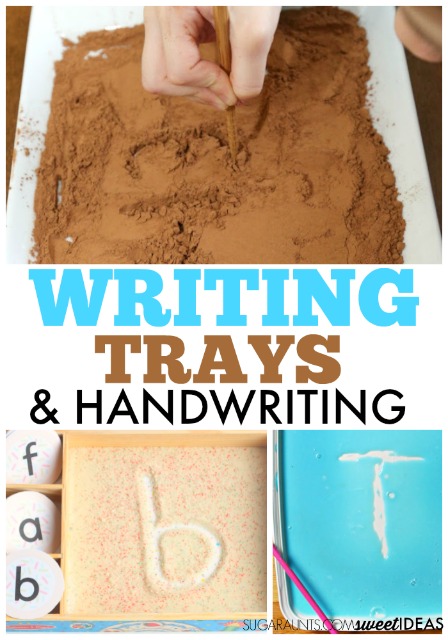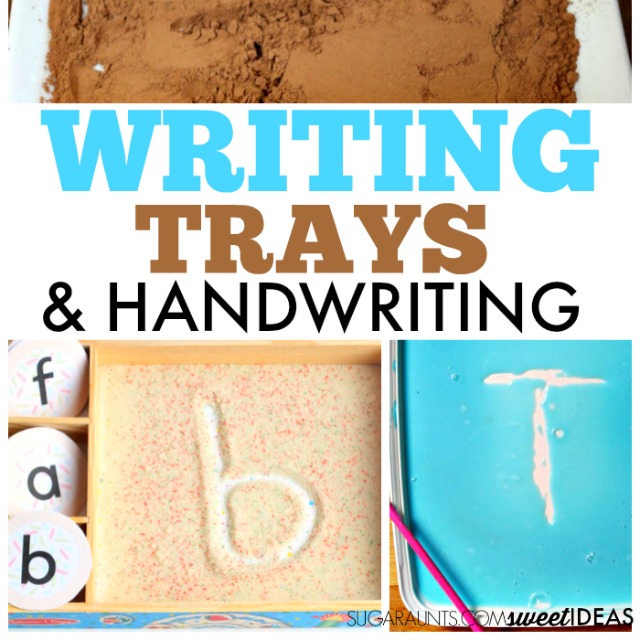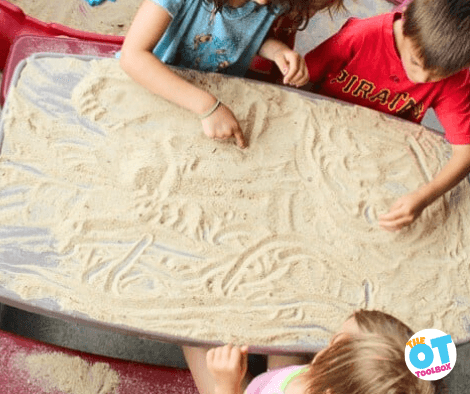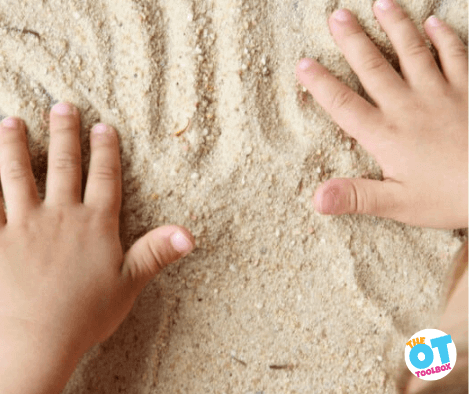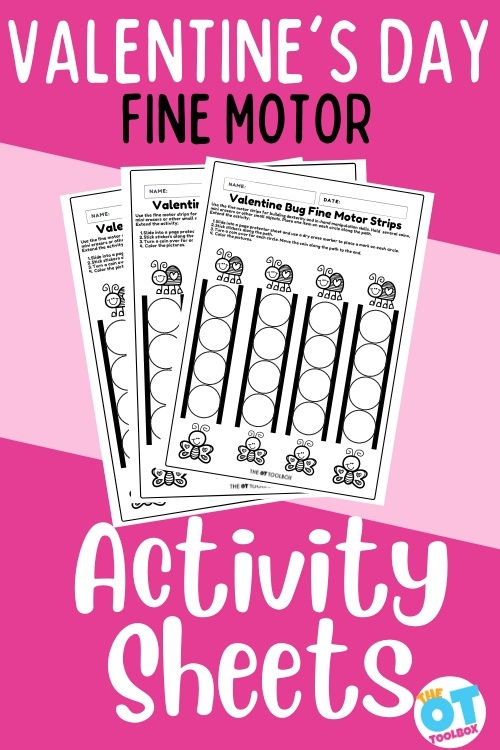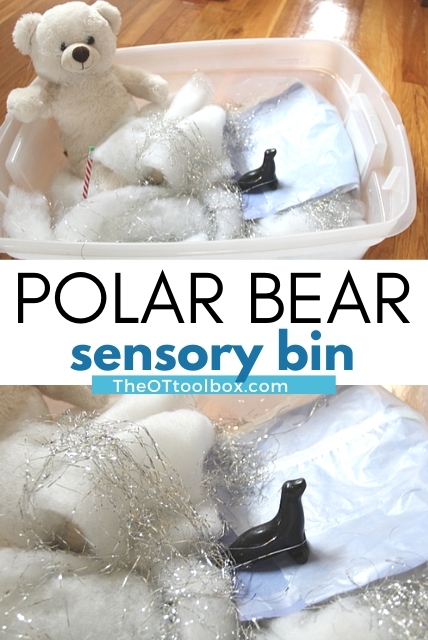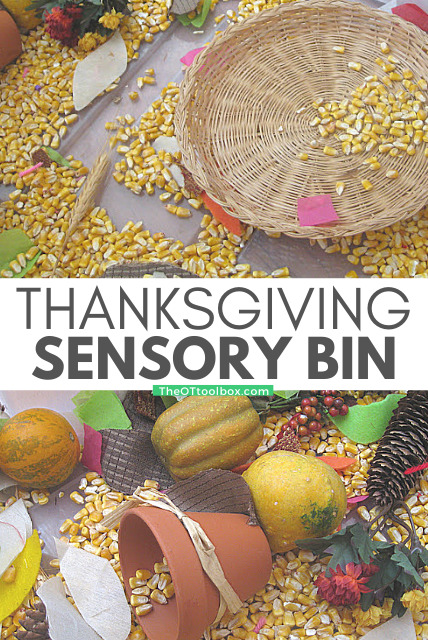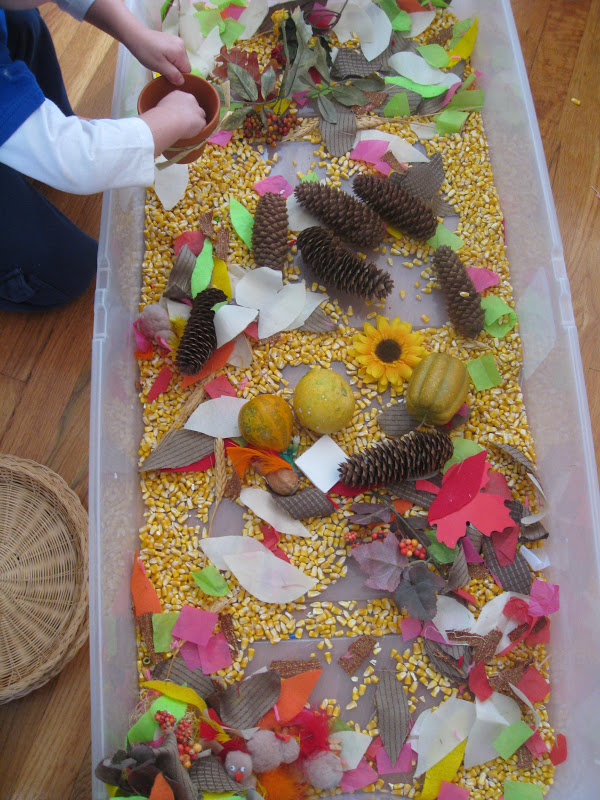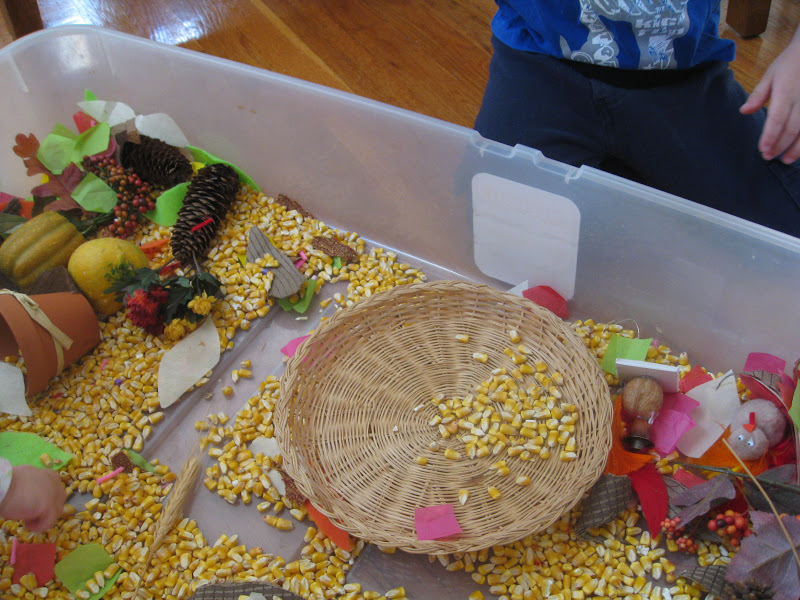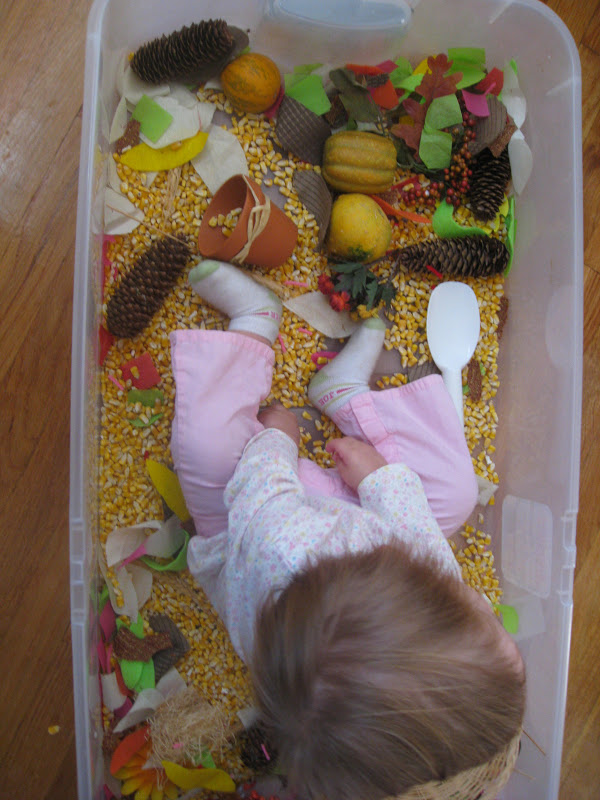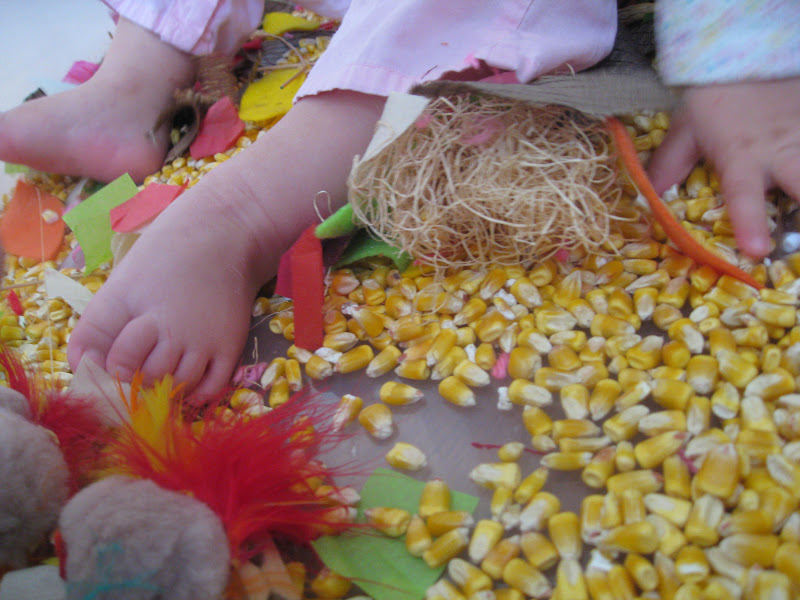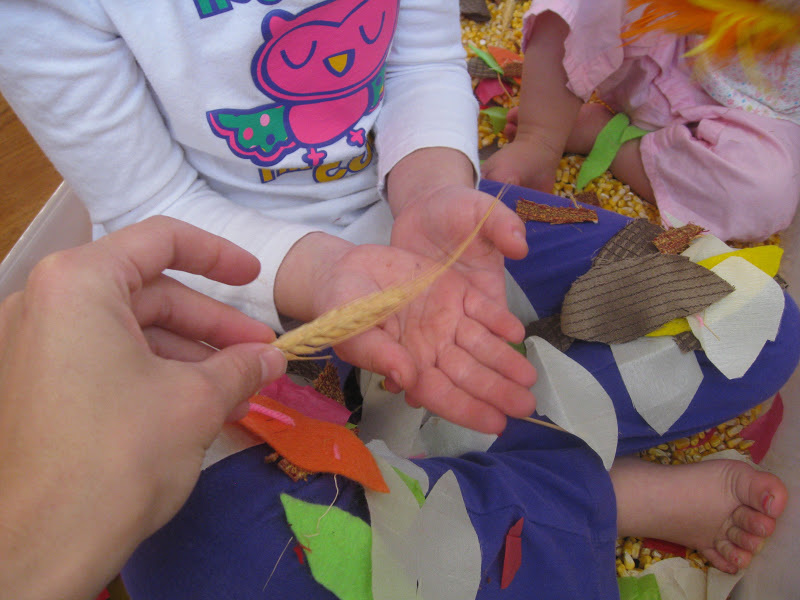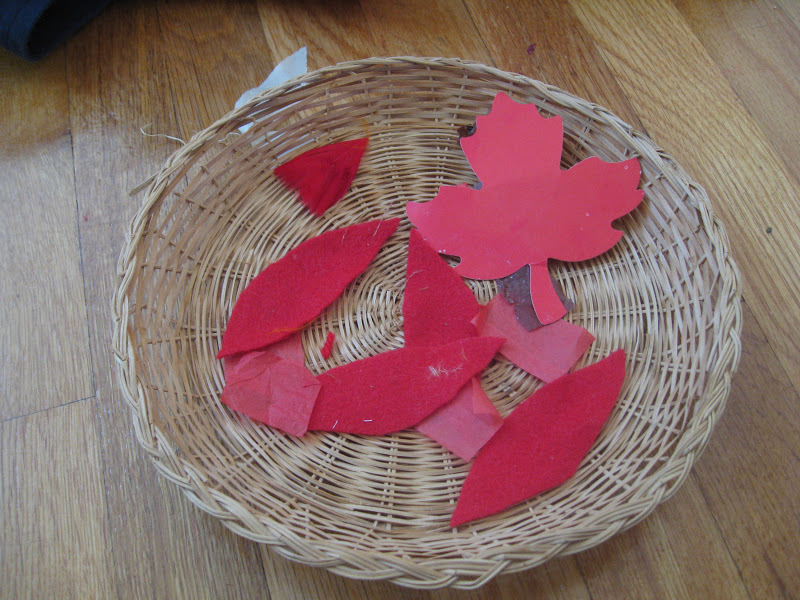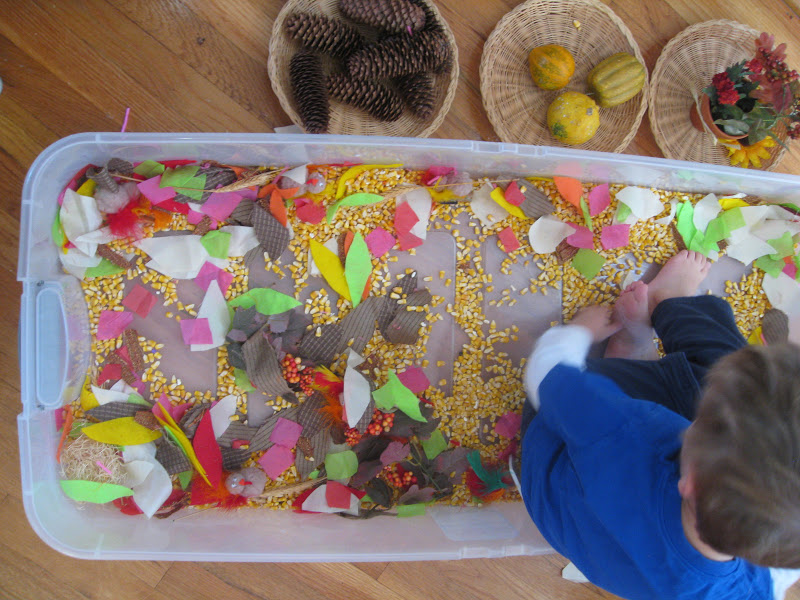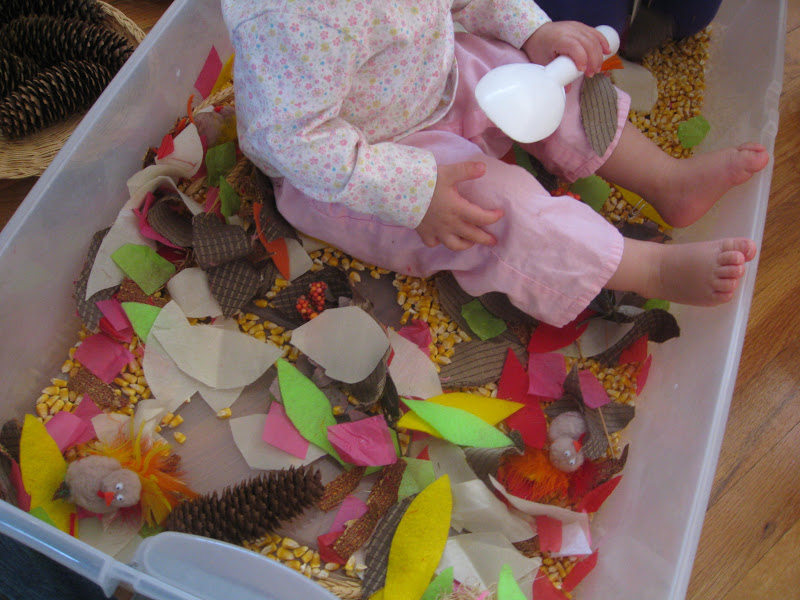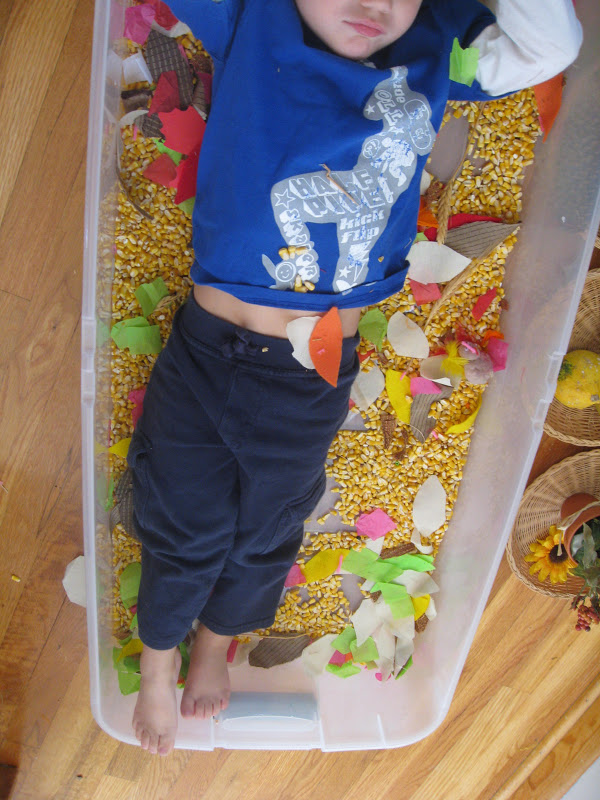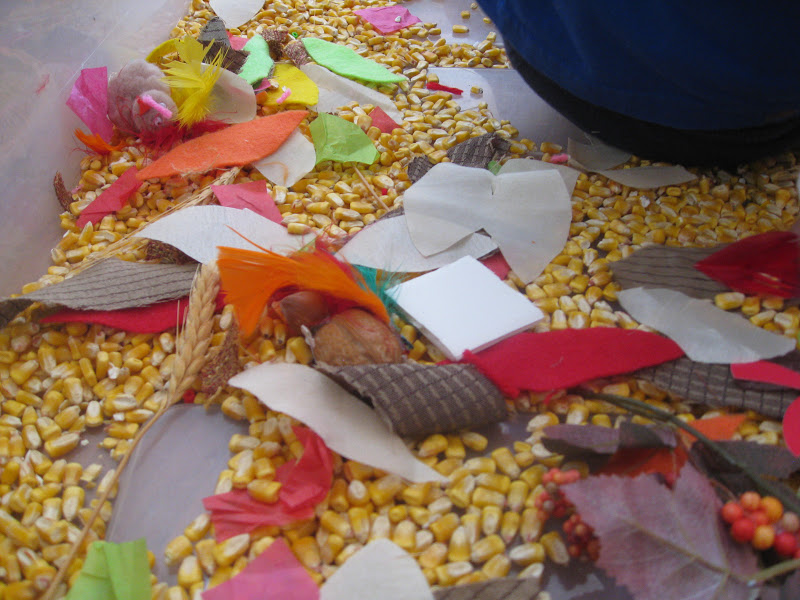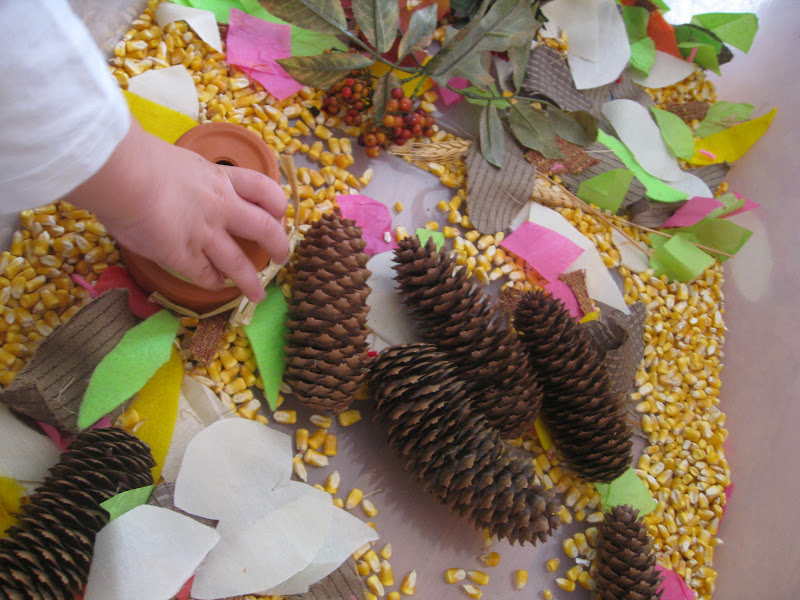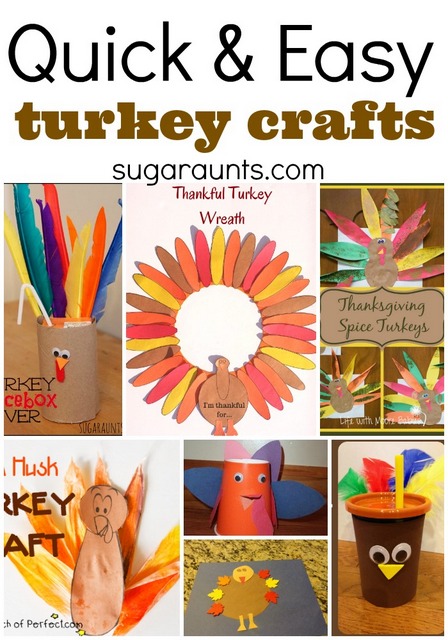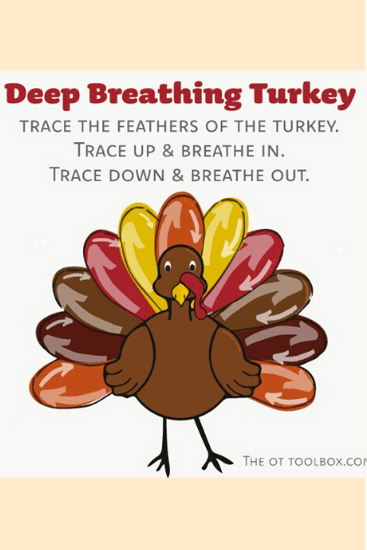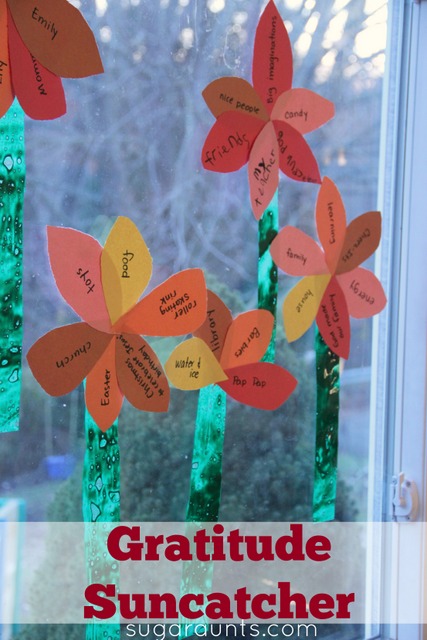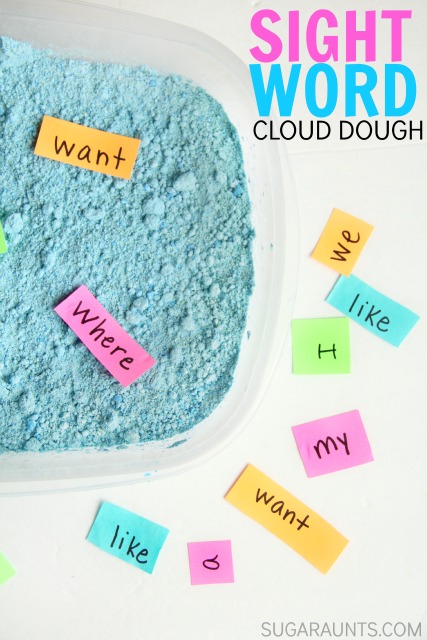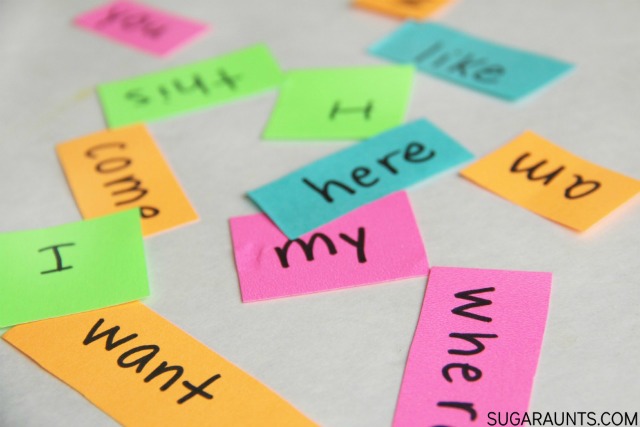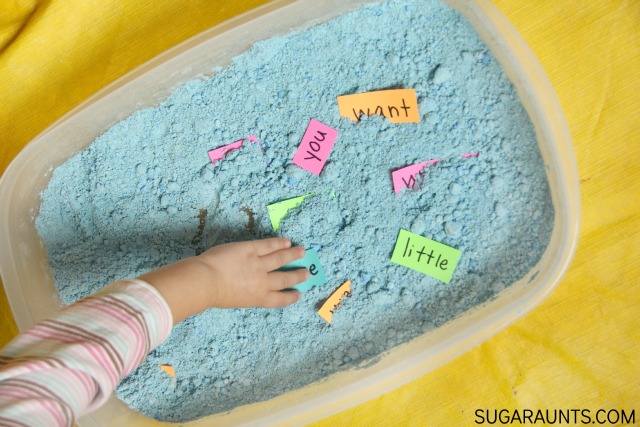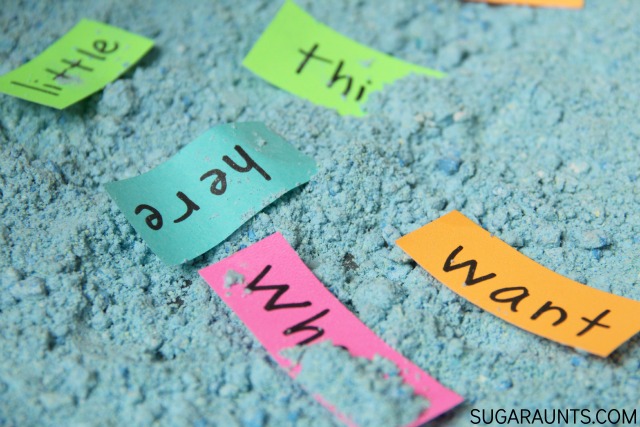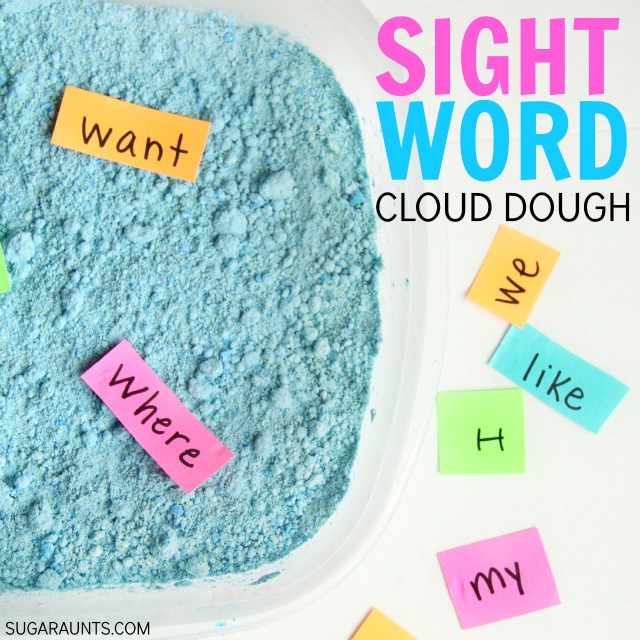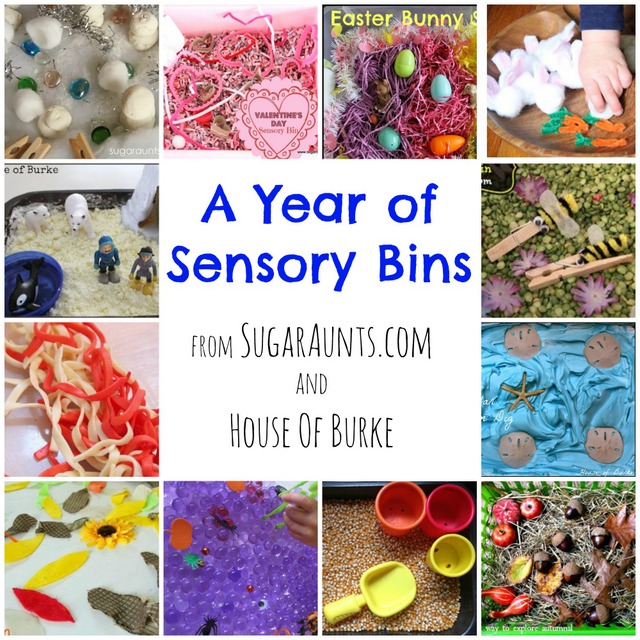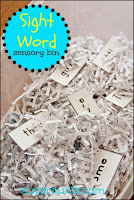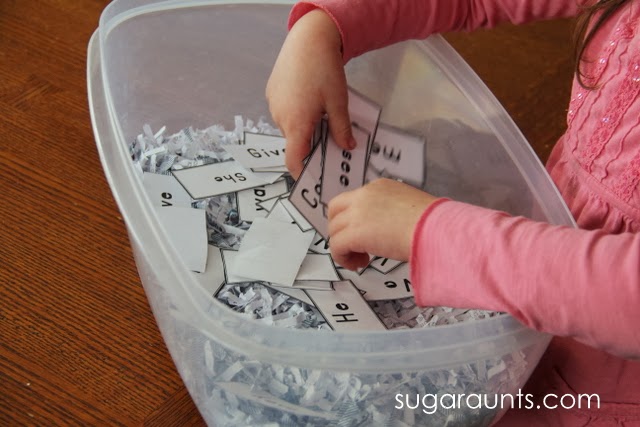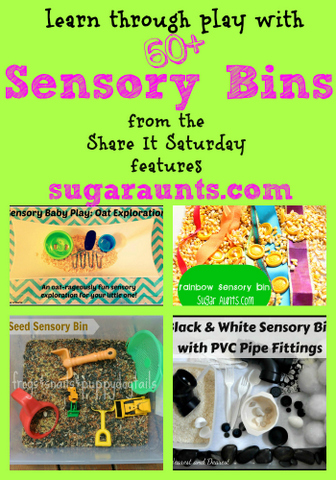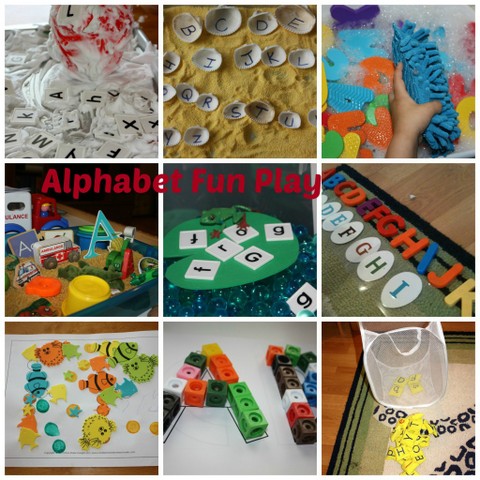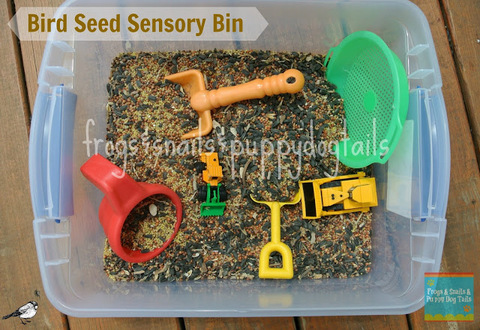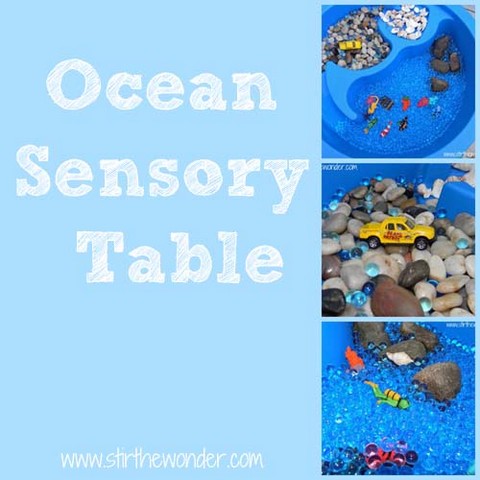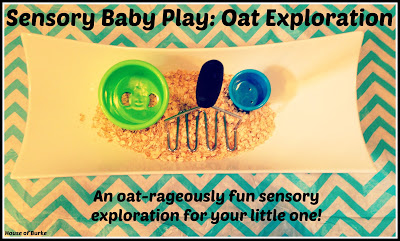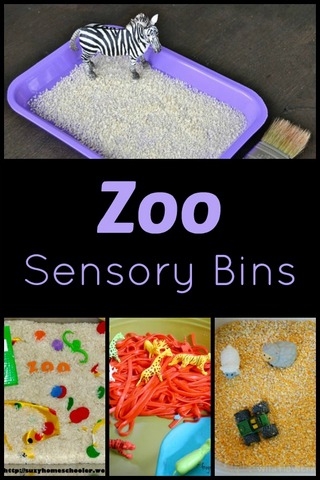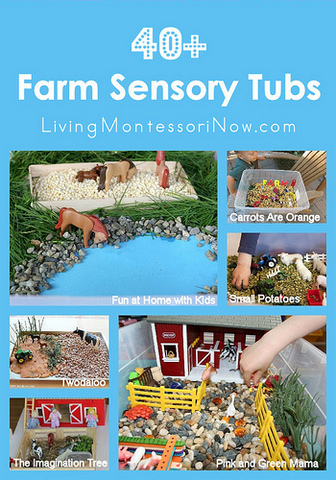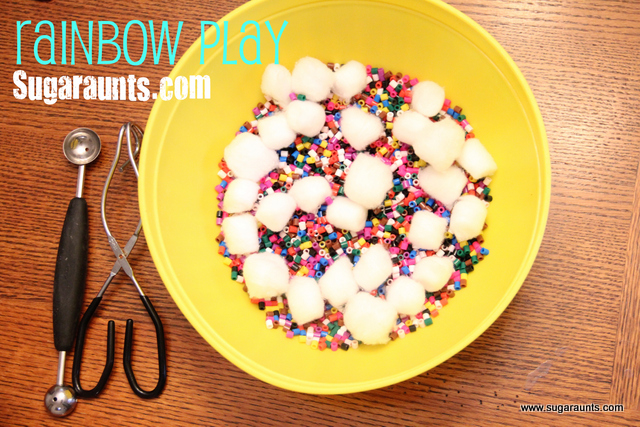In this blog post, we are covering a very important sensory materials: sensory bin base ideas, or sensory bin fillers. You have probably seen a sensory bin activity here or there and thought nothing of it. But, did you know that the sensory material that is used to create the sensory bin is very much a part of the tactile sensory experience? Include these fillers in our easy sensory bin ideas to include themes or motivating activities.
Let’s explore various sensory bases as a tactile therapy tool.
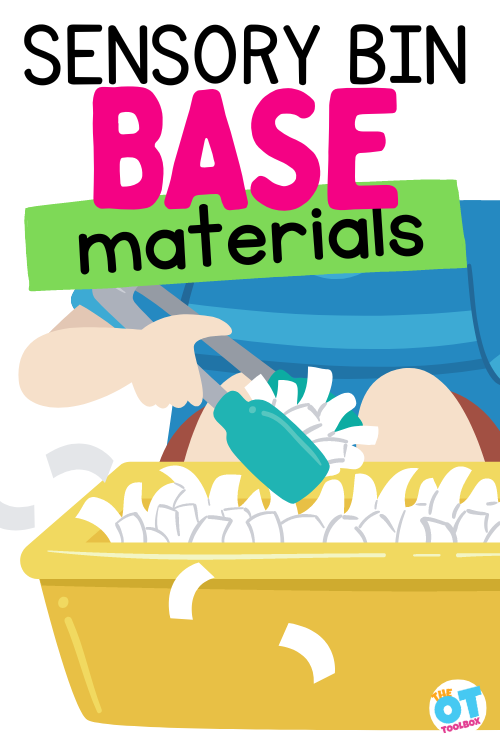
Sensory Bin Materials
If you read our blog, you’ll see that we are both huge fans of sensory play. Sensory bins are such a fun way for kids to explore textures and the senses while learning about the world and themselves.
Sensory bins can be tailored to any learning theme and are just fun for exploration.
We wanted to put together a collection of sensory bin base ideas. These are the materials that you start your sensory bin with. Add letters, numbers, animals, sight words…the possibilities for sensory play is endless!
Usually, a sensory bin has several materials:
- sensory base container (bin, basket, tub, baby pool, etc.)
- sensory bin filler or sensory base material
- sensory bin items to explore- these might be manipulatives or small objects
- scoops, cups, funnels, tongs, spoons, or tools to pick up and move objects
Each component can be used to develop various motor skills. In this blog post, we’re covering the base material or the sensory bin filler that you first place in the sensory base container.
Why Use Different Sensory Bin Fillers
Children learn about the world through touch, and exploring different textures fosters their understanding of the differences between soft, rough, smooth, bumpy, wet, dry, and other tactile sensations.
Using different textures in sensory play, especially in a therapeutic context like pediatric occupational therapy, serves specific developmental and therapeutic purposes that can greatly benefit children’s growth and well-being.
As an occupational therapy provider, it’s important to know why we are using the therapy tools that we select for therapy interventions. Here are some reasons why different textures are important in sensory play, particularly from a therapeutic perspective:
- Tactile Exploration and Confidence: Introducing a variety of textures allows children to explore and interact with different sensory experiences. This sensory touch exploration helps them become more comfortable with and confident in touching, feeling, and interacting with different materials.
- Tactile Discrimination: Different textures challenge children’s tactile discrimination skills, enabling them to differentiate between various sensory stimuli. This enhances their ability to identify and understand the subtleties of touch.
- Sensory Challenges and Desensitization: For children with tactile defensiveness, incorporating textures that might be initially challenging for children helps them gradually become accustomed to those sensations. Therapists can use this approach to address sensory sensitivities and aversions, gradually desensitizing children to certain textures.
Sensory Bin Fillers
- Rice
- Kinetic Sand
- Shaving Cream (Here is a shaving cream sensory bin).
- Play Dough
- Dry Pasta
- Oats
- Beans/Lentils
- Cloud Dough
- Sandbox sand or play sand
- Cornmeal
- Pom-Poms
- Corn Kernels
- Ice Cubes
- Cotton Balls
- Jello
- Foam Shapes
- Buttons
- Shredded Paper (Try this shredded paper sensory bin)
- Fabric Scraps
- Beads
- Colored Salt
- Cereal
- Pom-Pom Balls
- Slime/Goo
- Old or stale cereal
Nature Sensory Bin Fillers
Other sensory bin base materials can be found in nature. These are materials that you could find in your own backyard.
- Sand
- Water
- Rocks and Pebbles (check out this rock sensory bin)
- Leaves
- Pine Cones
- Grass Clippings
- Bark
- Mud
- Seashells
- Acorns
- Tree Branches
- Flowers
- Pine Needles
- River Stones
- Moss
- Seaweed
- Dirt/Soil
- Feathers
- Seeds
- Coconut Husk
- Feathers
- Pine cones
Water-Based Sensory Bin Fillers
Then, there are water-based sensory bin fillers. These include things like water, colored water, and soap. We have done many water bead sensory bins, too. Here are some more ideas:
- Water
- Colored Water
- Soap Water (This foam soap sensory bin is a fine motor workout, too.)
- Ice Water
- Water Beads
- Gelatin Water
- Lemon or Orange Water
- Scented Water
- Watercolor Paper
- Sand and Water (for a combination sensory bin)

Sensory Bin Base Ideas
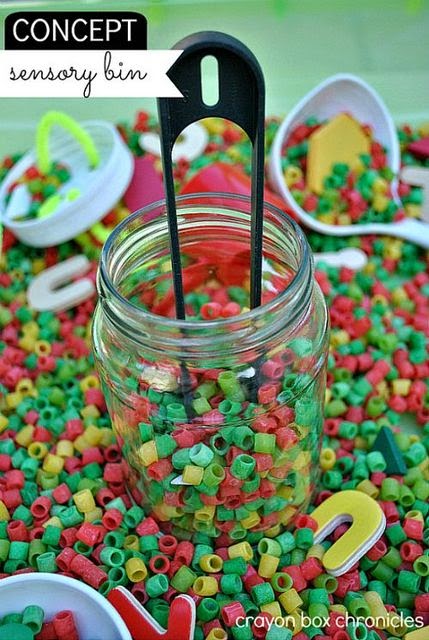
Add colored noodles to a bin and add cups, spoons, funnels, and more for fine motor play. Crayon Box Chronicles made this concept sensory bin in their dyed noodles sensory bin.
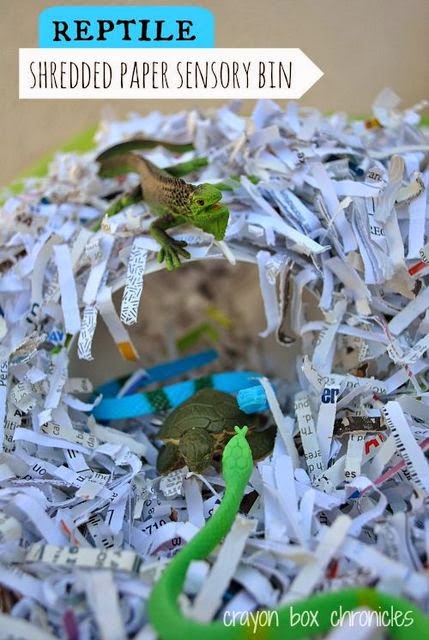
Shredded paper makes a great sensory base. Save the junk mail and send it through the shredder to make a shredded paper reptile sensory bin from Crayon Box Chronicles.
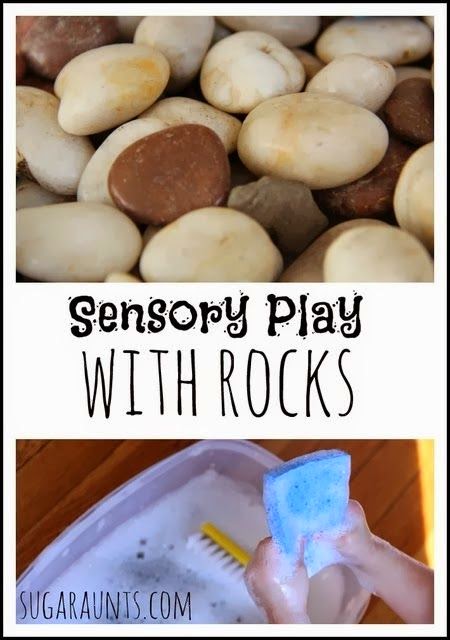
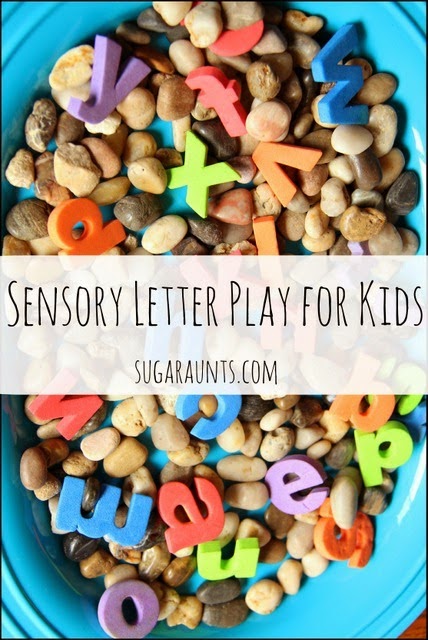
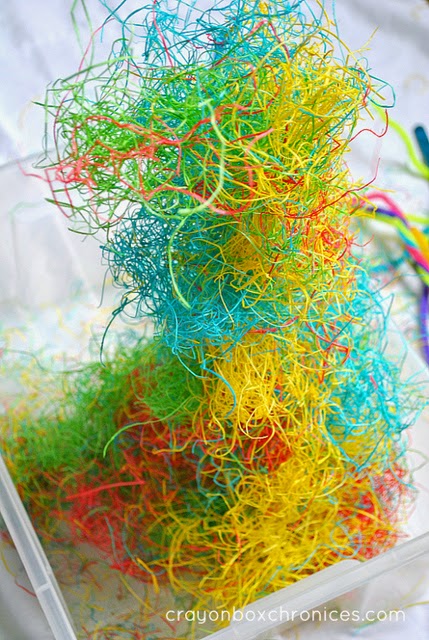
The dollar store has a vast amount of ways to incorporate learning into sensory bins. Crayon Box Chronicles made this colored hay sensory bin. How fun!
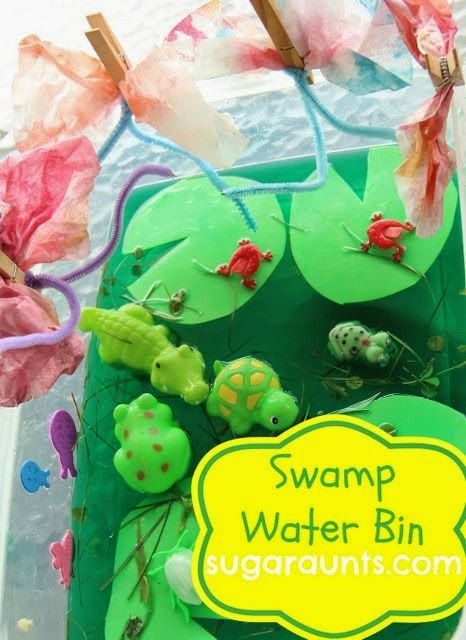
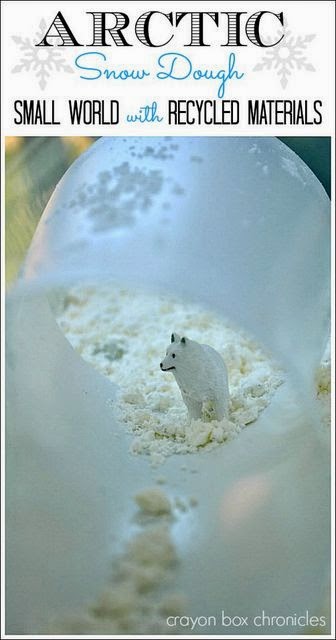
Have you ever made snow dough? Seriously the coolest stuff! This snow dough Arctic Circle sensory bin is one of my favorites from Crayon Box Chronicles .
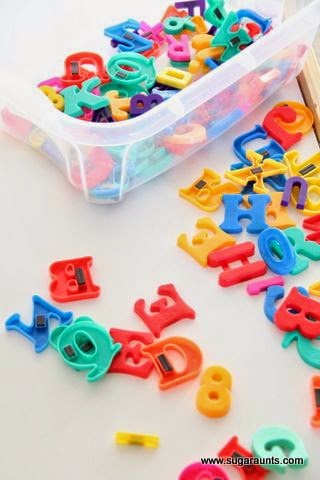
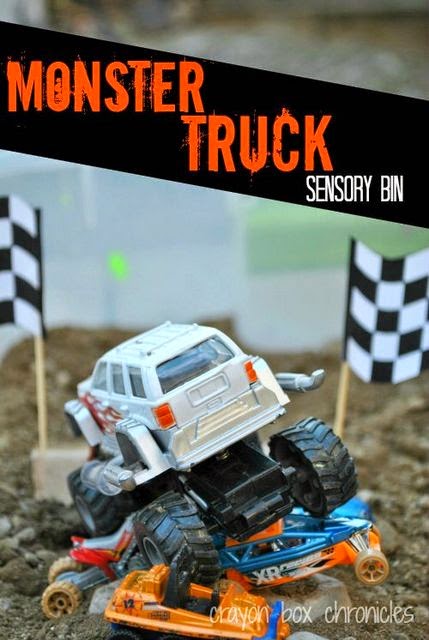
Dirt makes a great sensory bin base. How many ways can you think of to play? I love what Crayon Box Chronicles did with their dirt monster truck sensory bin.
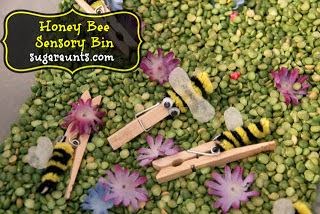
Many sensory bin bases can be found in your pantry. We used split peas as the base in our split pea sensory bin.
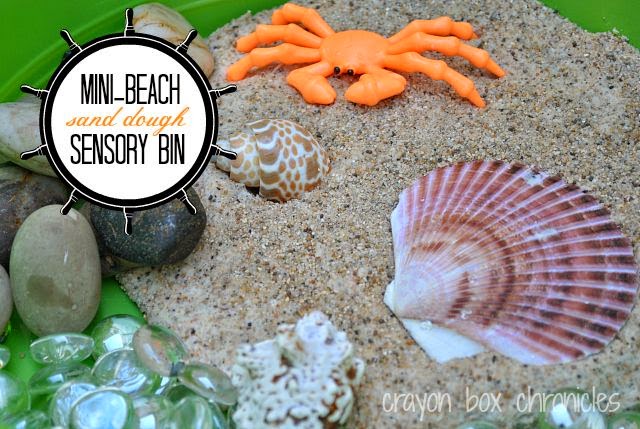
Sand is one way to create a simple sensory bin. A few ingredients is all it takes to make the sand into sand dough link in this sand dough beach sensory bin from Crayon Box Chronicles.
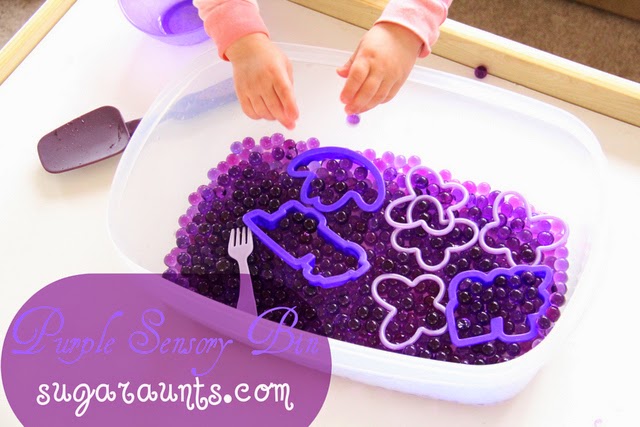
Water Beads can be found in the floral section of many stores. The non-toxic material makes a great base for sensory play. We had a blast with our purple sensory bin.

Jello is such an interesting material to eat…and to play with! The texture is perfect for sensory exploration. Crayon Box Chronicles used it to create this jello iceberg sensory bin.
What are your favorite sensory bin fillers?

Colleen Beck, OTR/L has been an occupational therapist since 2000, working in school-based, hand therapy, outpatient peds, EI, and SNF. Colleen created The OT Toolbox to inspire therapists, teachers, and parents with easy and fun tools to help children thrive. Read her story about going from an OT making $3/hour (after paying for kids’ childcare) to a full-time OT resource creator for millions of readers. Want to collaborate? Send an email to contact@theottoolbox.com.


